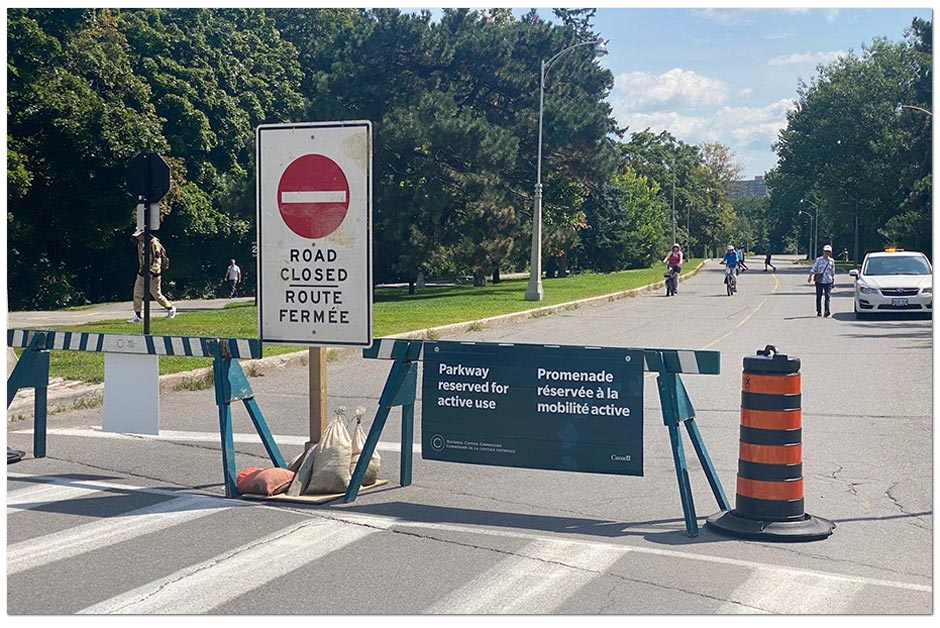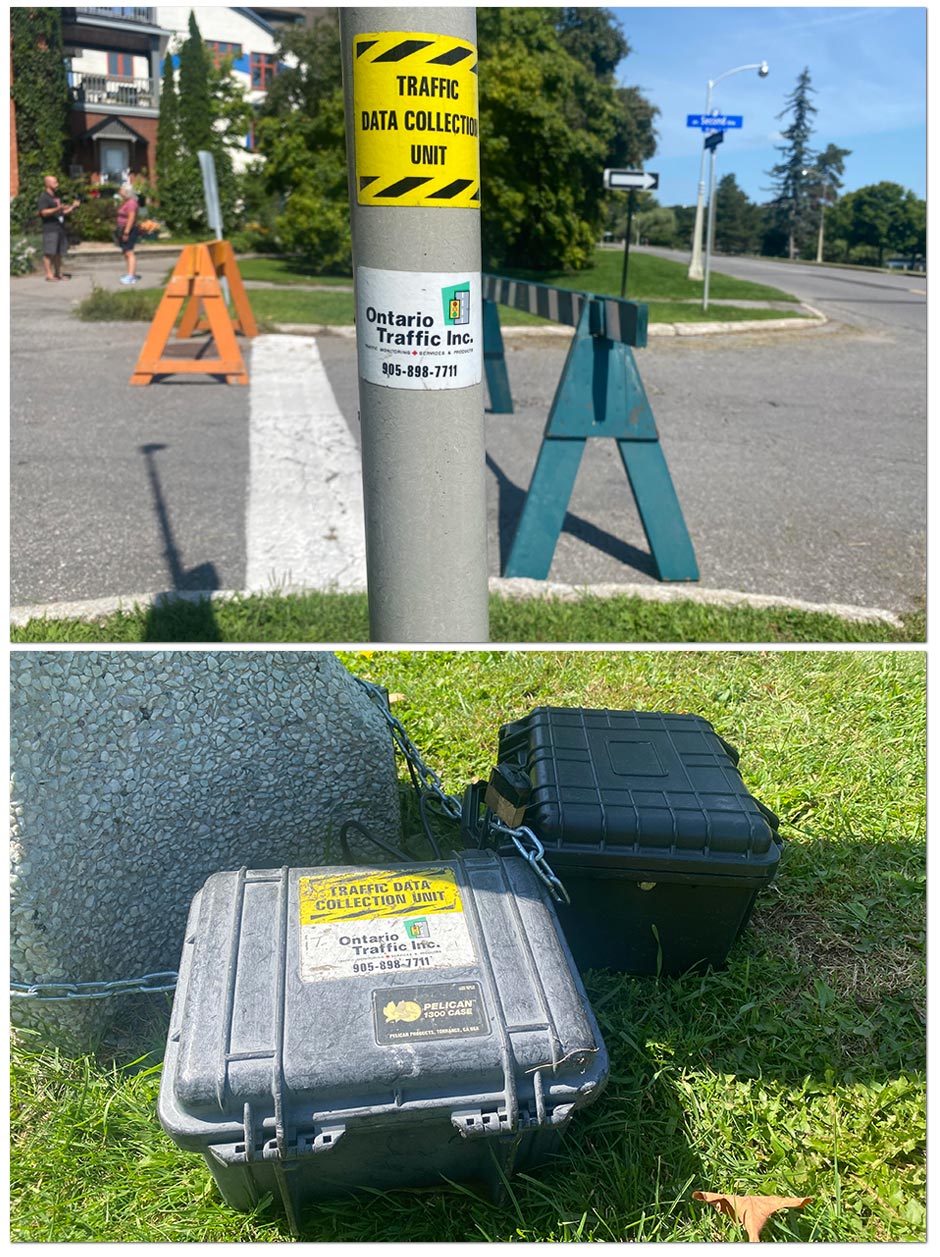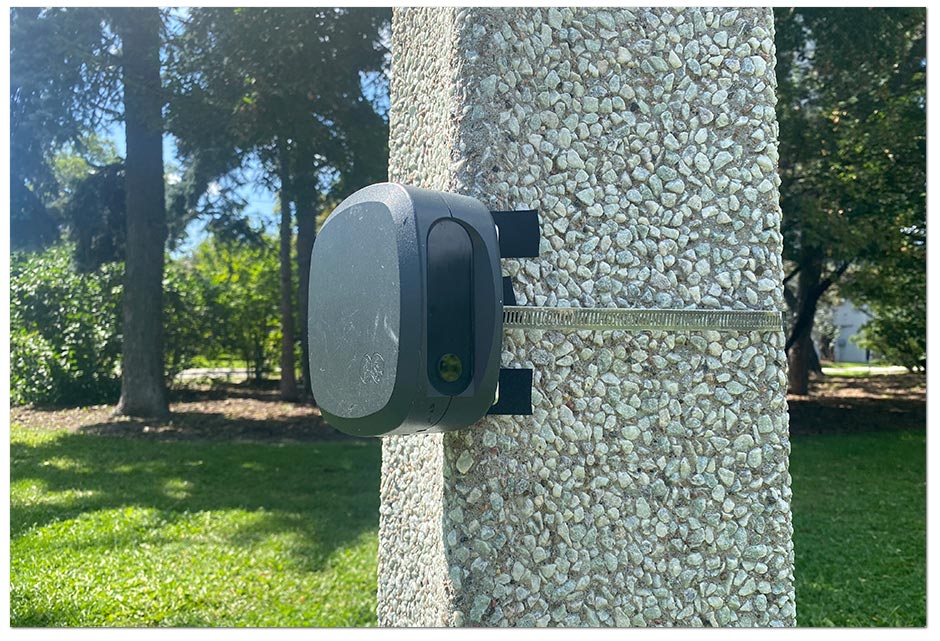
Ottawa Mayor’s War of Words Over NCC Scenic Parkway Based on Misleading Data, Internal Emails Claim
National Capital Commission says City of Ottawa data on Queen Elizabeth Drive active-use program is full of ‘methodological errors’
As Ottawa Mayor Mark Sutcliffe escalated his war of words with the National Capital Commission over the future of a scenic parkway last month, City of Ottawa officials were quietly stonewalling efforts by the NCC to collect accurate traffic data.
Internal emails newly obtained by PressProgress shines light on bureaucratic battles behind closed doors between the City of Ottawa and NCC over the future of the Queen Elizabeth Driveway (QED), a scenic parkway that runs along the Rideau Canal – a UNESCO world heritage site and main location for Ottawa’s annual Tulip Festival.
In 2020, the National Capital Commission, a crown corporation set-up to manage lands and landmarks in Canada’s national capital, closed two kilometres of QED as part of an “active-use program” designed to encourage “healthy living” and accommodate more pedestrians, joggers and cyclists during pandemic lockdowns.
Due to the pilot project’s popularity, the program was later extended.

Queen Elizabeth Drive active-use program (Luke LeBrun, PressProgress)
Sutcliffe, Ottawa’s conservative-leaning mayor, has been picking fights with the NCC over the active-use program, attempting to pit cyclists against cars by blaming the program for traffic gridlock at a time when the city was also dealing with disruptive construction projects and the failure of the city’s LRT system.
Sutcliffe has accused the NCC of “punishing drivers.” The Globe and Mail editorial board has likened Sutcliffe’s divisive rhetoric to former Toronto Mayor Rob Ford’s campaign to stop a perceived “war on cars.”
On July 13, Sutcliffe told the Ottawa Citizen he believed “not a lot of people” cycle or jog on QED and questioned the value of the program. “They may have data that shows otherwise, but that’s my experience,” Sutcliffe said, citing his personal observations.
Mayor Sutcliffe calls closure of Queen Elizabeth Driveway to cars unnecessary https://t.co/jV8zB1coET
— Ottawa Citizen (@OttawaCitizen) July 13, 2023
What Sutcliffe hasn’t mentioned is that City of Ottawa and NCC officials have been locking horns behind the scenes for months, with the NCC raising concerns about the accuracy of the City of Ottawa’s QED traffic data before Sutcliffe began railing against the NCC’s active-use program.
In April 2023, the City of Ottawa sent the NCC its 2022 “Queen Elizabeth Driveway Closure Data Collection Report.” Citing high “traffic volumes” and “negative impacts to the community,” Ottawa’s Director of Traffic Services, Phillippe Landry, stated that the City did “not recommend nor support continuing with the closure of Queen Elizabeth Driveway south of Pretoria Bridge in 2023.”
After taking a closer look at the City’s data, the NCC requested a meeting to go over problems it had with “several findings and methodological approaches.”
“We believe some parts of the data collection report should be re-examined,” one NCC official told the City, adding they found “methodological errors” and “miscalculations” in the City’s data. The NCC said the City’s report offered an inaccurate analysis of the program due to the “limited scope and misrepresentation” of how pedestrians and cyclists have been using the active-use program.
One internal email from the City’s traffic management team grumbled that the NCC “seem to be using their own data as a base for justification,” speculating that there was a “gap between their numbers and ours.”

NCC email to City of Ottawa (May 1, 2023)
The NCC declined to identify the specific problems it found with the City’s data, but noted that its own “data collection is on-going through electronic counters, observed counts and qualitative surveys.”
“The Queen Elizabeth Drive Active use program is very popular, with nearly 74,000 visits since May,” the NCC told PressProgress.
The internal emails suggest the NCC’s problem centres on how the City tracks the number of cars, bikes and people on QED and surrounding streets.
In a statement to PressProgress, the City of Ottawa acknowledged its analysis of traffic impacts of the QED active-use program was “limited” only to the data it collected, but said it stood by the methodology of its report.
“This was an operational report, limited to a reporting and analysis strictly of the data collected,” Landry told PressProgress. “The City stands by this report and the methodology used to collect and analyze the data.”
The report itself shows the City’s data was collected entirely from the bottom-half of QED rather than the top-half of QED, which runs north of Pretoria Bridge next to more densely populated downtown areas of Ottawa.
As well, all of the City’s data on pedestrians, joggers and cyclists using the parkway is sourced from a single “Eco-Counter” device installed by the NCC on the south-end of QED next to Ottawa’s quieter residential Glebe neighbourhood.
The report includes no data on the number of pedestrians, joggers and cyclists using the north-end of QED next to downtown, despite the fact that the NCC has additional traffic counters in this area.

Traffic counter at Second Ave and QED (Luke LeBrun, PressProgress)
Gabe Tivoli, President of Ontario Traffic Inc, confirmed to PressProgress that the NCC hired his company to install several traffic data collection units on QED to monitor both cars as well as pedestrians, joggers and cyclists.
Tivoli confirmed his company has set-up traffic counters to collect data on foot and bike traffic at two spots on the stretch of QED that is closed for active-use, including a second counter north of Pretoria Bridge which is not counted in the City’s data.
The City of Ottawa provided no specific explanation for why it excluded data from traffic counters on the north-end of QED next to downtown — something that could potentially undercount the number of pedestrians, joggers and cyclists on QED.
Landry said the City saw no need to include data on how many pedestrians, joggers and cyclists use this section of QED because they acknowledge “the traffic impact to residential streets north of Pretoria Bridge is much less severe than south of QED.”
The City also placed a single counter on a nearby multi-use pathway and installed six additional traffic cameras to monitor car traffic around the south-end of QED, although only two are located along the stretch of parkway closed for active-use.
In a bid to produce more reliable data and reduce the possibility of disagreements between different jurisdictions, the emails show the NCC invited the City of Ottawa to work together on “joint data collection and analysis.”
The City of Ottawa repeatedly ignored the NCC’s requests.
In fact, only days after Sutcliffe railed against the NCC in the local media, the NCC contacted the City to reiterate it wanted to work together to collect reliable data.

NCC email to City of Ottawa (July 18, 2023)
“We shared our concerns with the City’s 2022 traffic report and indicated, just as we had last year, the benefits of joint data collection for the upcoming season,” the NCC told the City of Ottawa on July 18. “Despite several reminders and reiterating our willingness to collaborate with the city, we have not heard back.”
“The current situation is counter-productive for both organizations,” the NCC added. “We reiterate the benefit of joint data collection and impact reporting efforts to identify mitigation measures that can address all parties’ concerns.”
On August 10, Sutcliffe tweeted fresh data from July claiming to show only a “relatively small number of pedestrians and cyclists” use QED and argued that this justified reopening QED to cars.
However, internal emails indicate the July data Sutcliffe cited on August 10 was collected using the same data collection methods that were criticized by the NCC. The City of Ottawa confirmed to PressProgress that it still is not collecting joint data with the NCC.
For those who have inquired, here are a few data points from the new City of Ottawa study along with previously published information that I shared in my video yesterday. It shows that the existing pathways along the Rideau Canal could accommodate the relatively small number of… pic.twitter.com/moTEmDkJYm
— Mark Sutcliffe (@_MarkSutcliffe) August 10, 2023
Sutcliffe’s office did not respond to questions from PressProgress about whether the mayor stands behind the accuracy of the data he’s communicated to the public or why the City is refusing to cooperate with the NCC on joint data collection.
The emails make clear Sutcliffe’s campaign against the active-use program is causing real tensions between the City of Ottawa and the NCC, with bureaucrats on either side trading accusations against one another behind closed doors.
These tensions were on full display this summer following confusion over the discovery of mysterious surveillance devices on lamp posts which led to NCC officials threatening to seize City of Ottawa traffic cameras.
The City of Ottawa told PressProgress it vehemently denies the NCC’s allegations that it sent city crews onto federal land and never installed “data collection equipment on NCC lamp posts or any other NCC infrastructure.”
“Traffic cameras have been installed only on City infrastructure, such as street name posts,” Landry told PressProgress.
In a July 18 email, senior NCC officials issued a terse warning to the City of Ottawa’s Director of Traffic Services: “We were surprised to learn that your team had installed cameras at various intersections along QED as part of your own data collection efforts without the NCC’s permission or awareness.”
“We ask that you refrain from installing cameras on our lamp posts and any other Commission infrastructure or they will be removed.”

Mystery traffic camera on QED (Luke LeBrun, PressProgress)
The NCC declined comment on why it accused the City of Ottawa of installing traffic cameras on its lamp posts or if they ever figured out who the cameras belonged to.
It is unclear what traffic cameras the NCC was referring to, but there are currently unidentified devices installed on NCC lamp posts along QED that no one appears able to identify — including one mysterious black device with a lens fixed to a lamp post near Gilmour Avenue.
Both the City of Ottawa and the NCC’s traffic data contractor told PressProgress the device does not belong to them and both are unaware of who installed it.
Our journalism is powered by readers like you.
We’re an award-winning non-profit news organization that covers topics like social and economic inequality, big business and labour, and right-wing extremism.
Help us build so we can bring to light stories that don’t get the attention they deserve from Canada’s big corporate media outlets.
Donate



